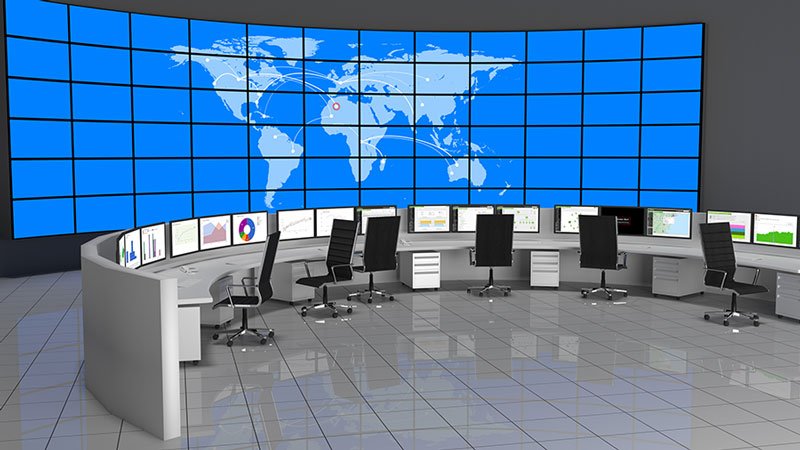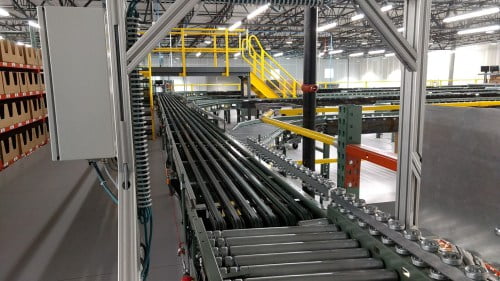Published December 8, 2020
Control towers are a hot topic. While adoption rates and proven case studies have plenty of room to grow, many IT and supply chain executives understand the inherent potential in a supply chain control tower. This doesn’t mean that most enterprises can clearly state their case for a supply chain control tower, but any solution that can provide end-to-end process visibility, control and orchestration across internal and external functional silos is bound to generate considerable interest.
While the interest certainly exists, there is also an impression that supply chain control towers are still a nascent concept and application area. The growing number of control tower solutions contradict this impression to a certain extent, but the commercial control tower software market is still in the early stages. Solutions differ by type, scope and focus and cost, while software vendors vary by size, vertical industries pursued and the position that their control tower solution occupies in the overall supply chain.
All this complicates the process of identifying whether or not a supply chain control tower is valuable. When determining what role a control tower should play in your supply chain IT plans, here are a few key concepts to grasp:
- Strategy first. Approaching a control tower as just another application in an enterprise’s supply chain systems portfolio is a recipe for failure. Any consideration of a control tower should fit within an overall supply chain strategy. Specific requirements need to drive this discovery process. A go forward decision should consider a holistic framework by considering the challenges and improvement opportunities across the supply chain and also recognize that some of these may need to be addressed within a specific silo’s systems and processes.
- Core supply chain control tower capabilities. Supply chain control tower features and functionality can vary substantially, but there are two key capabilities common to any solution. First, control towers provide end-to-end process visibility across organizational entities and underlying systems. These can be internal departments or external enterprises with each entity typically operating on a separate information system platform. Second, the solution should do more than sense changes and deviations. It provides information in a framework that supports appropriate responses by presenting actionable information to users.
- Role of networks and integration. Since control towers cut across organizational entities and systems, integration is a key success component. Control towers can be standalone applications or part of a multi-enterprise business network. The former typically means developing integrations for each entity supported. The latter may already support partners up and down an enterprise’s supply chain, but the enterprise’s internal systems must still be integrated to the network. The enterprise may also have trading and service provider partners who are not network members.
- Relationship to core supply chain execution applications. Typically supply chain execution solutions like warehouse management systems (WMS) and transportation management systems (TMS) feed information to control towers. These applications provide distinct functionality that is relevant within their own operational silos while control towers provide end-to-end visibility and control that span all these silos. However, the boundaries between traditional supply chain applications and control towers can be murky depending on any individual vendor’s offerings. A transportation-centric control tower and multi-enterprise network platform may offer TMS functionality. An order-centric control tower may provide sophisticated sales order sourcing and routing functionality comparable to that provided by a standalone distributed order management (DOM) application. The potential for these blurred boundaries should factor into any control tower strategy.
- Process orchestration, volatility and uncertainty. A control tower’s value proposition is compelling and relevant to the challenges faced by many supply chains. Its ability to orchestrate complex processes across multiple supply chain entities can help drive efficiencies and increase service levels. Its sense and respond capabilities can proactively deal with supply chain volatility. Its predictive analysis and machine learning features can help an enterprise cope with supply chain uncertainty. But all this is not available by pressing a start button-it takes considerable work and commitment on both software deployment and the required organizational changes to achieve a control tower’s full potential.
Determining where a control tower fits within your supply chain systems strategy and the return on investment it provides can be daunting. At Tompkins, we are proactively researching and monitoring the supply chain control tower marketplace. Contact us to learn how we can help you make your control tower initiative successful.



